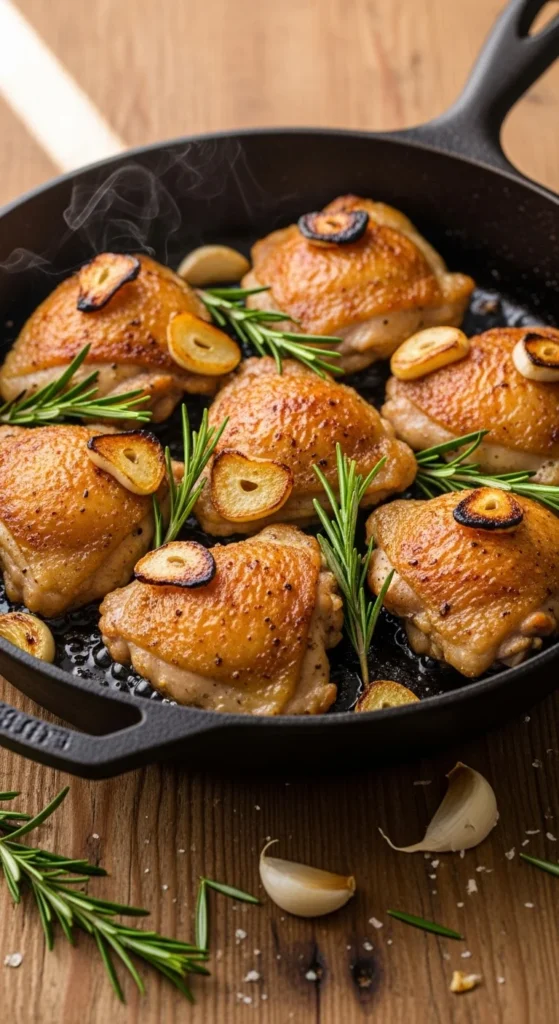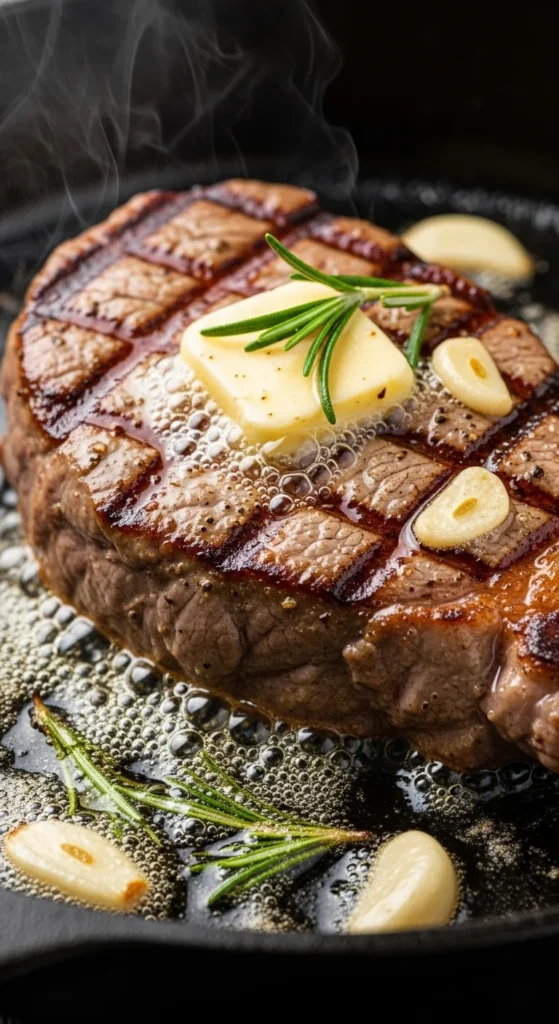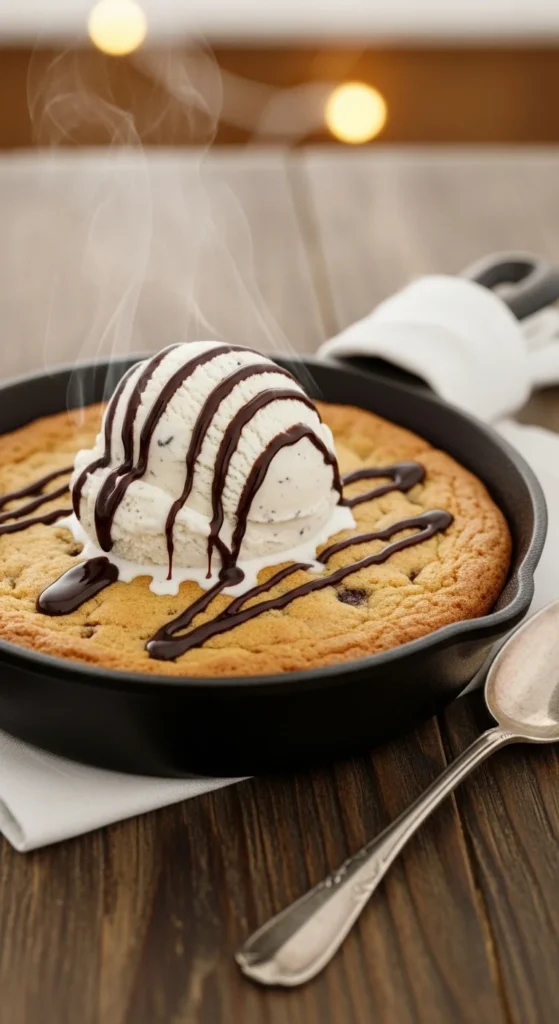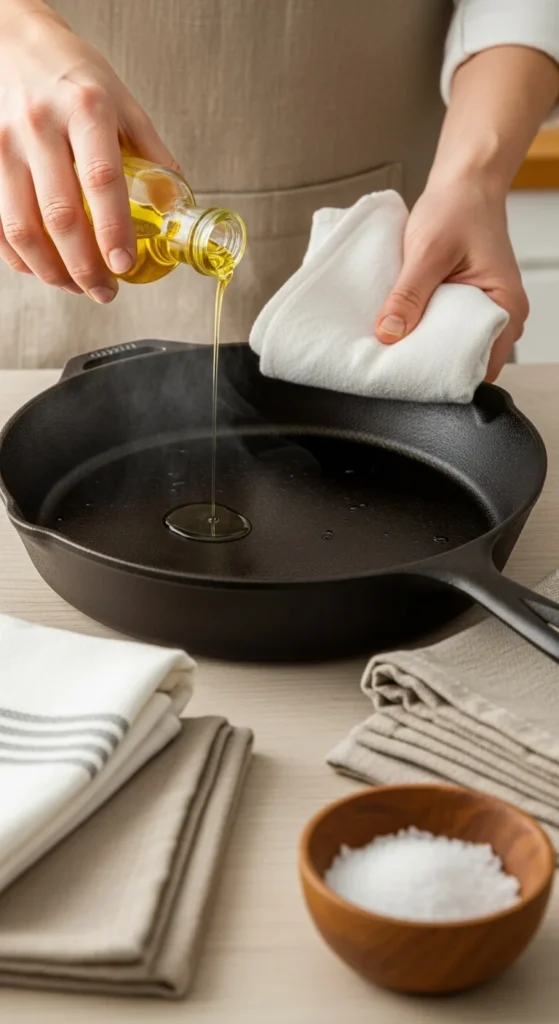
If you’ve ever cooked with cast iron, you know it’s not just a pan — it’s a superpower. This old-school kitchen essential can sear, bake, fry, roast, and even go straight from the stovetop to the oven without breaking a sweat. Whether you’re flipping pancakes or charring steak, a cast iron skillet delivers unbeatable flavor, heat retention, and that satisfying sizzle every home cook loves.
Once you learn how to care for it, you’ll realize you can quite literally cook anything with it — from breakfast to dessert. Let’s dive into how to make the most of your cast iron skillet and turn it into your kitchen MVP.
Why Cast Iron Is a Kitchen Game-Changer
Unlike nonstick or stainless steel pans, cast iron holds heat like a champ. That means your food cooks evenly, browns beautifully, and tastes downright incredible.
Here’s why people swear by it:
- Even heat distribution: Perfect for crispy edges and golden crusts.
- Naturally nonstick (when seasoned): No chemicals — just oil and care.
- Long-lasting: With proper care, it can outlive you (and become a family heirloom).
- Versatile: Great for searing, baking, roasting, or simmering.

Step 1: Season It Like a Pro
Before cooking, make sure your cast iron skillet is seasoned — this is what gives it that smooth, nonstick finish.
Here’s how to do it:
- Preheat your oven to 400°F (200°C).
- Rub a thin layer of neutral oil (like vegetable or canola) over the entire skillet — inside, outside, and handle.
- Wipe off excess oil with a paper towel until it looks almost dry.
- Place it upside down in the oven with a baking sheet below to catch drips.
- Bake for 1 hour, then let it cool completely.
This process creates a protective coating that makes your skillet naturally nonstick and rust-resistant.
Pro Tip: Repeat this once or twice a year — or anytime your skillet starts looking dull.
Step 2: Learn the Heat Sweet Spot
Cast iron holds heat longer than other pans, but it takes time to warm up. Always preheat it slowly on medium heat for 5 minutes before adding food.
You’ll know it’s ready when a drop of water sizzles and evaporates instantly. From there, you can adjust the heat depending on what you’re cooking:
- Low heat: Simmering sauces or melting cheese.
- Medium heat: Frying eggs or sautéing vegetables.
- High heat: Searing meats or baking cornbread.

Step 3: Cook Practically Anything
The beauty of cast iron is its range. Here are just a few dishes you can master:
🥞 Breakfast
- Pancakes: Evenly browned and fluffy.
- Hash browns: Crispy edges, soft centers.
- Fried eggs: Perfect when your skillet is well-seasoned.
🍗 Lunch or Dinner
- Seared chicken thighs or steak: That gorgeous crust you dream about.
- One-pan pasta or skillet lasagna: Start on the stove, finish in the oven.
- Pizza: Golden, bubbly, restaurant-quality crust at home.
🍪 Dessert
- Skillet cookies or brownies: Soft and gooey inside, crispy at the edges.
- Fruit cobblers: Warm and caramelized, best topped with vanilla ice cream.

Step 4: Clean It the Right Way
A cast iron skillet needs a little TLC — but it’s easier than you think.
Skip the soap and soak!
- Wipe it out while still warm with a paper towel or cloth.
- If there’s stuck-on food, use coarse salt and a bit of water as a natural scrub.
- Rinse, then dry completely.
- Rub on a thin layer of oil to keep it seasoned.
Never leave it wet — that’s how rust starts. If it ever rusts, just scrub it down with steel wool, rinse, dry, and re-season.

Step 5: Go from Stovetop to Oven (and Beyond)
One of the best things about cast iron is its versatility. You can start cooking on the stove and finish in the oven without switching pans.
Try these easy ideas:
- Sear salmon or pork chops, then roast to perfection.
- Make skillet frittatas or baked mac and cheese.
- Bake breads, biscuits, or even cobblers directly in the pan.
This not only saves time — it locks in flavor and gives food that irresistible caramelized edge.
Bonus: Keep It Seasoned, Keep It Forever
The more you cook in your cast iron skillet, the better it gets. Each use strengthens the nonstick layer, giving your food that signature golden finish.
Avoid:
- Harsh soaps or soaking.
- Acidic foods (like tomato sauce) for long periods, especially in new pans.
- Scratching with metal utensils — wooden or silicone is best.
Treat it right, and your skillet will only get better with age.
The Takeaway
A cast iron skillet isn’t just cookware — it’s a kitchen legacy. From sizzling breakfasts to golden desserts, it handles everything with rustic charm and unbeatable results. Once you learn to season, heat, and care for it properly, you’ll wonder how you ever cooked without one.
So dust off that skillet, give it a little oil and love, and start cooking anything — anywhere, anytime.



Leave a Reply